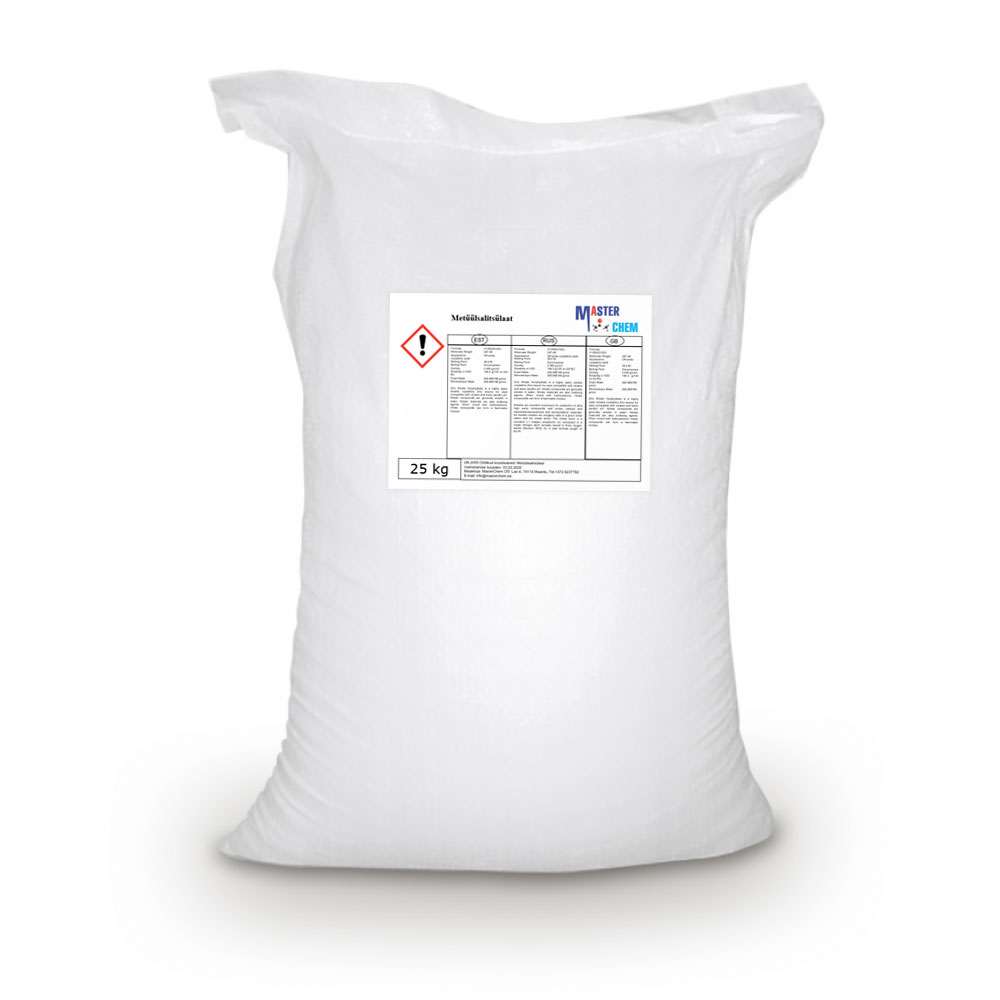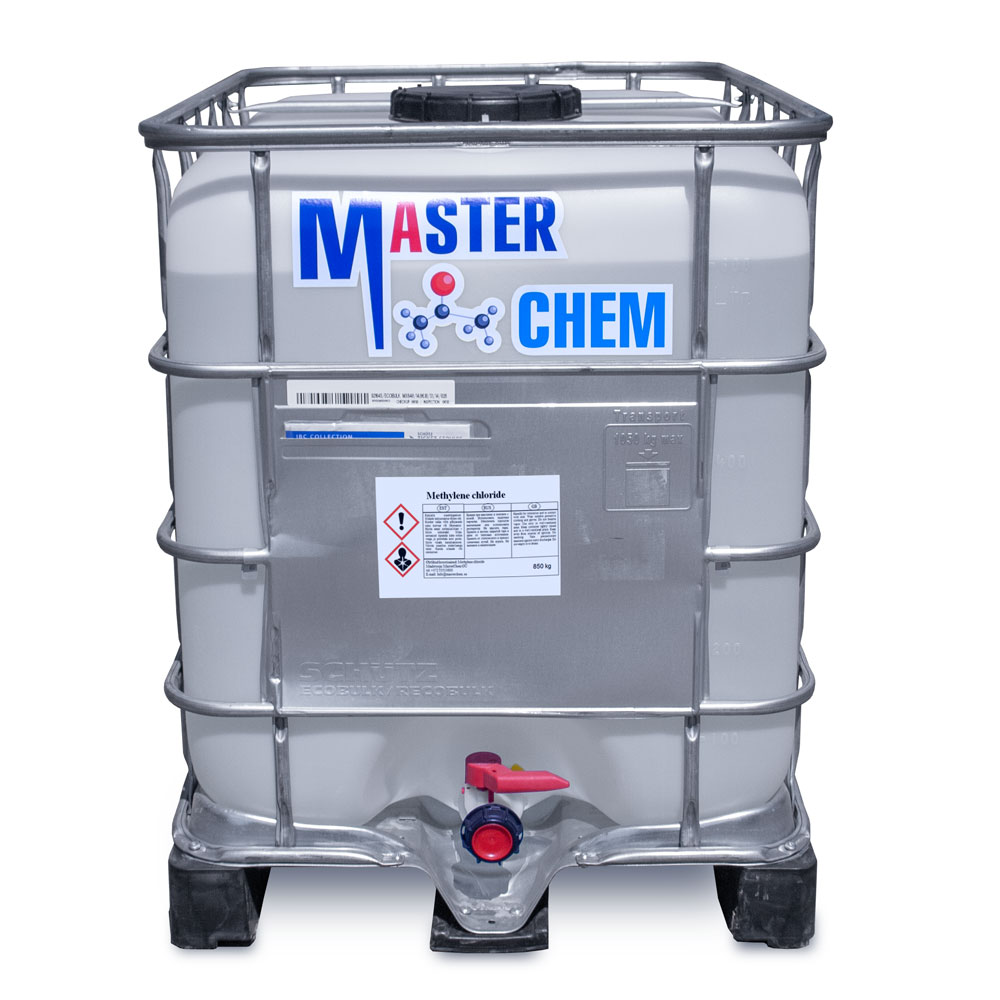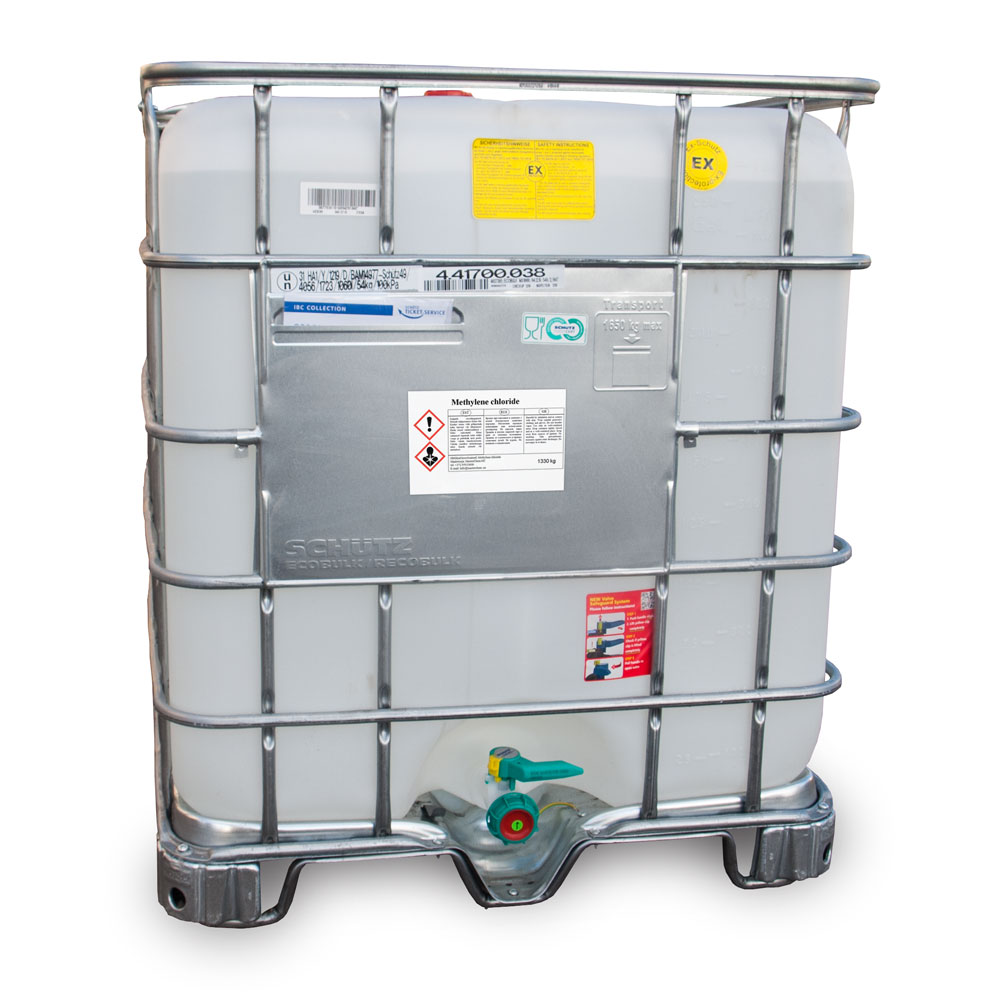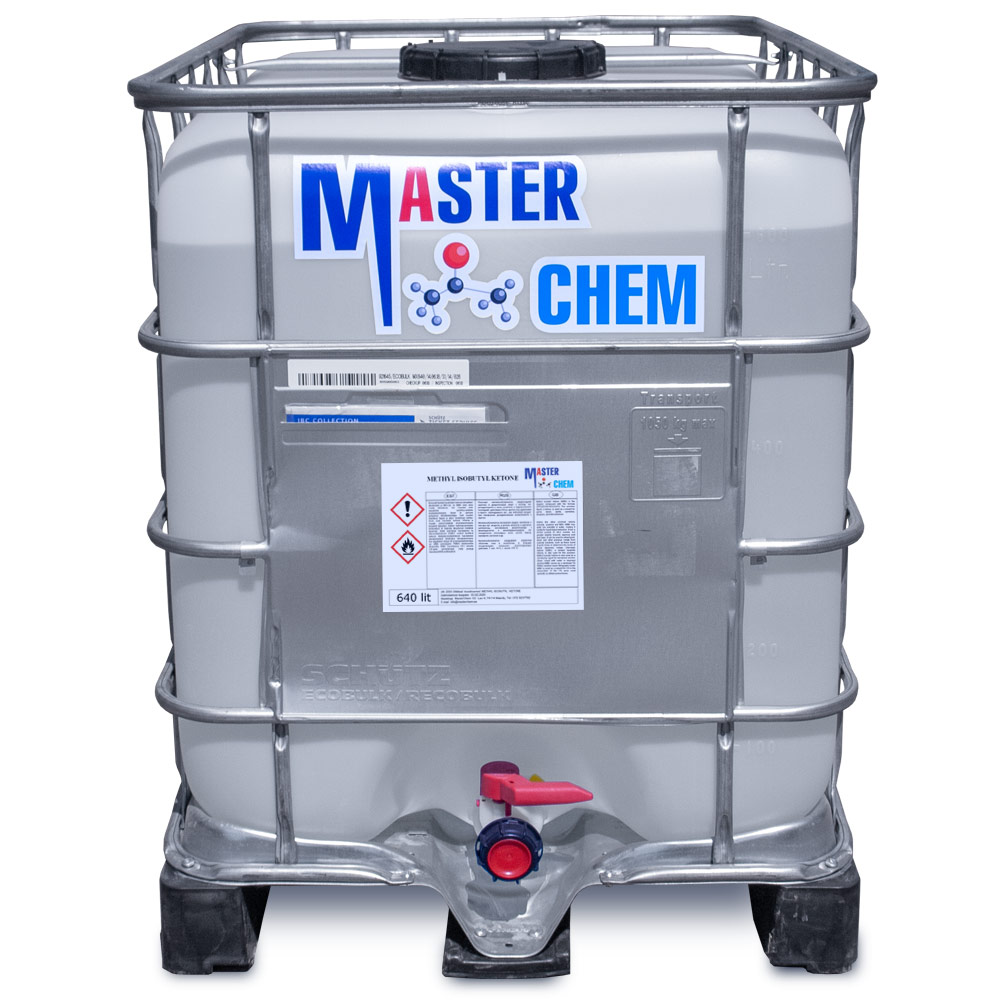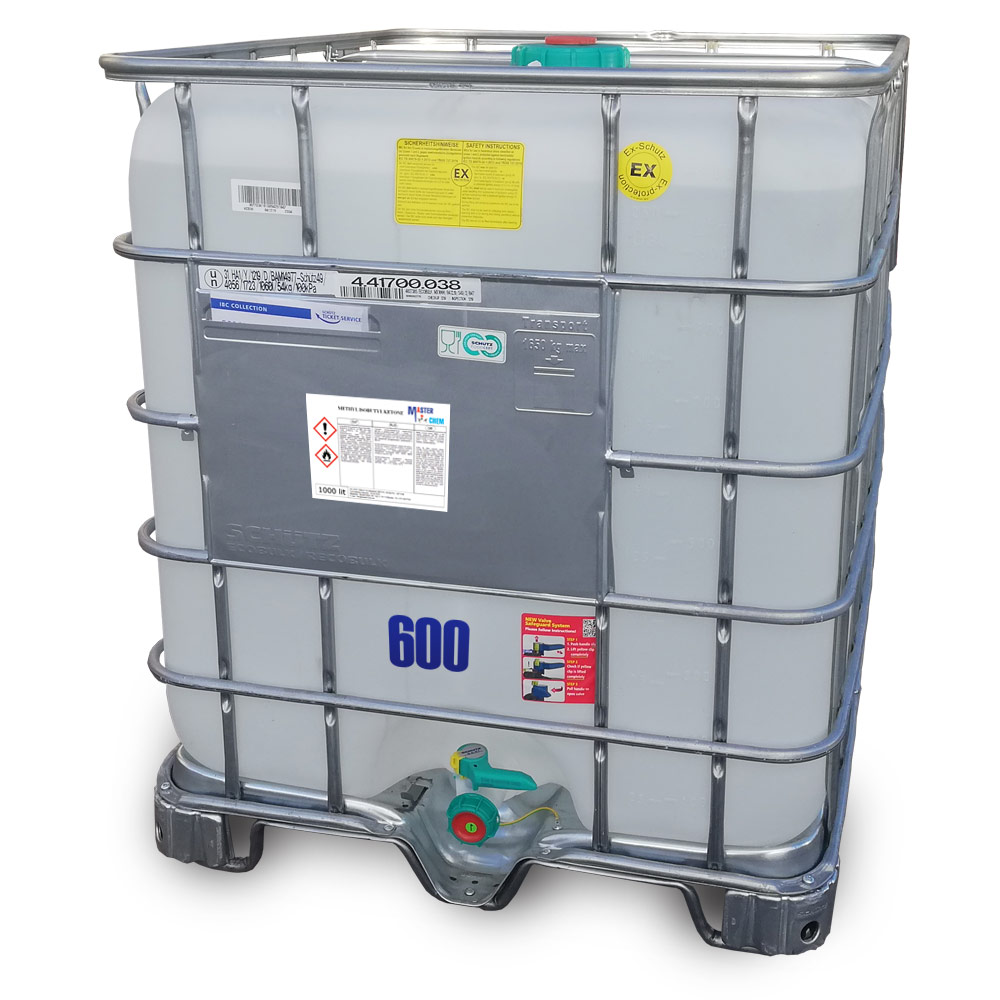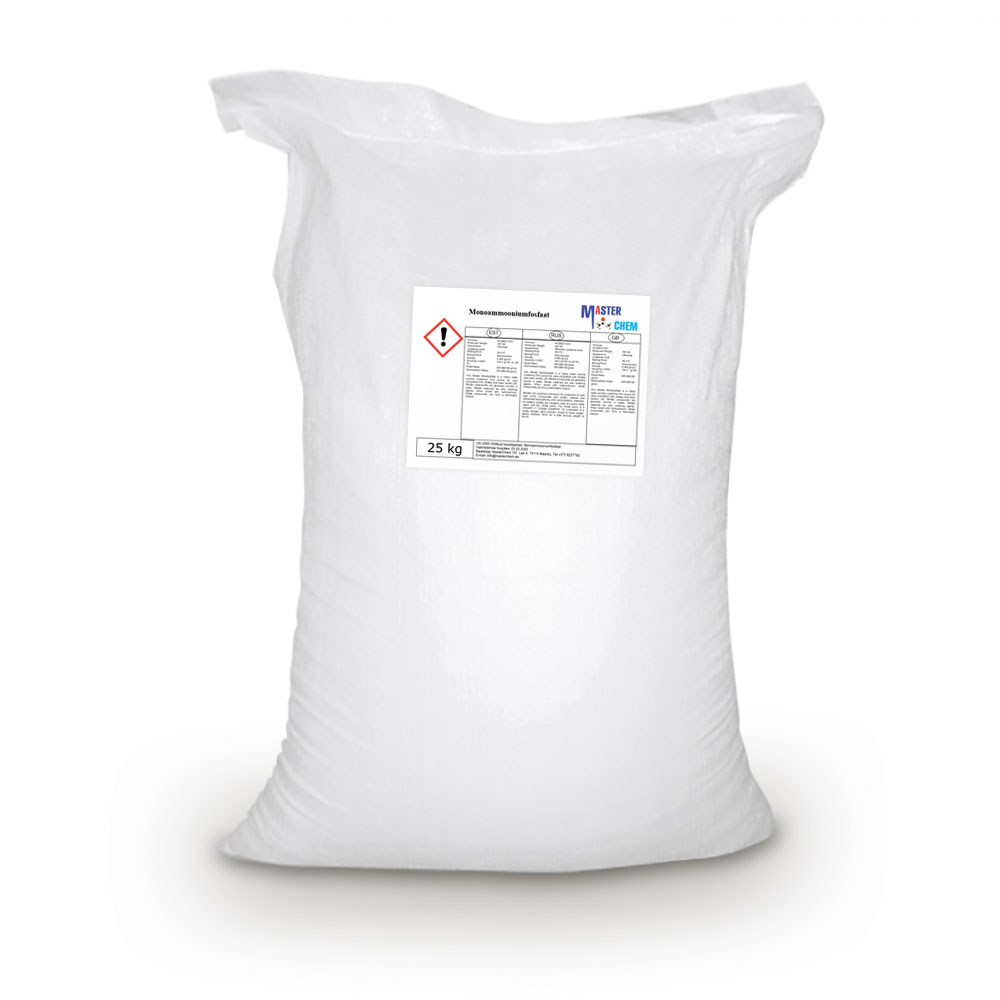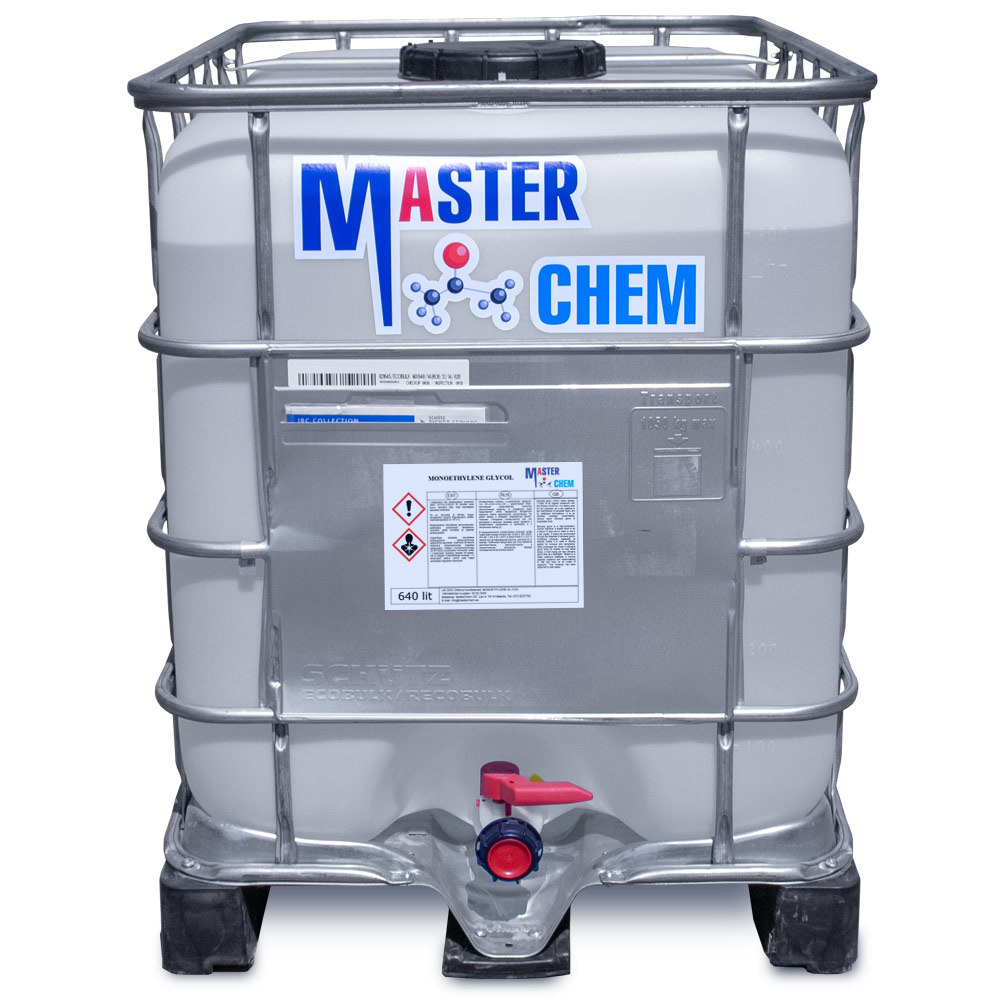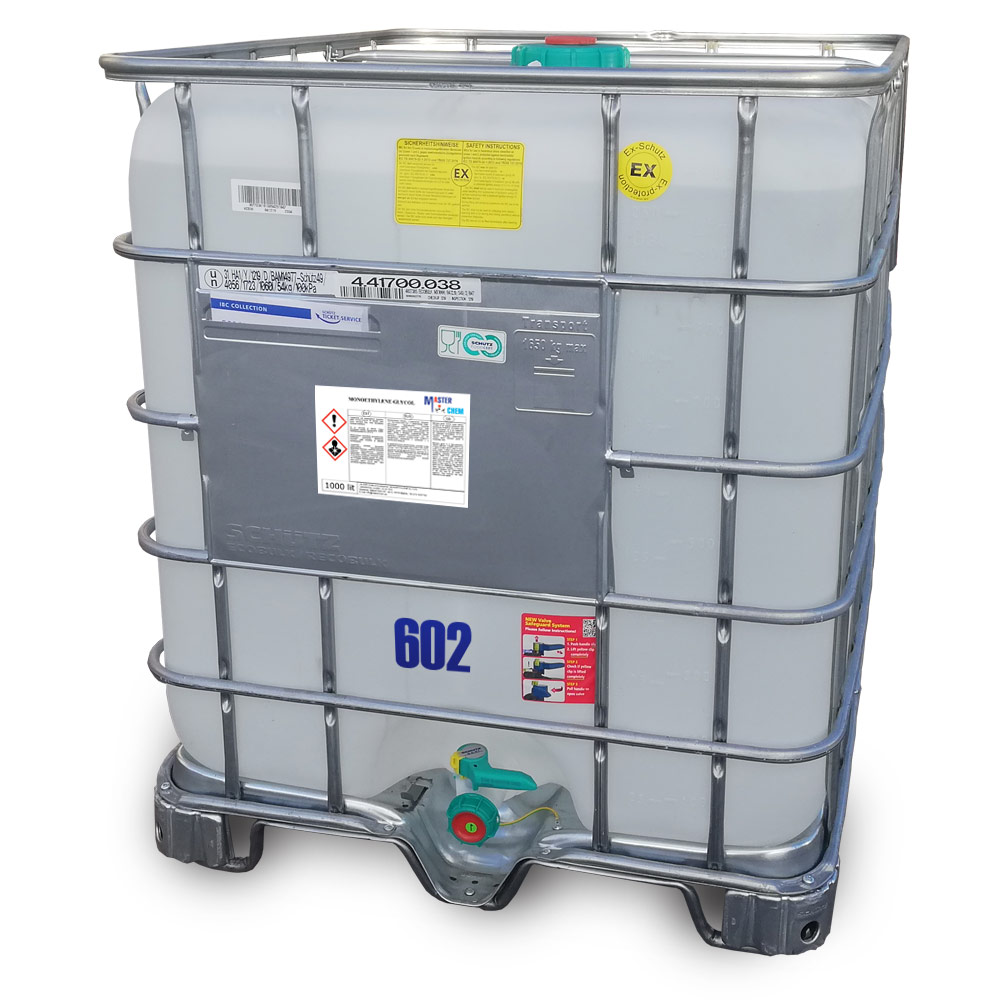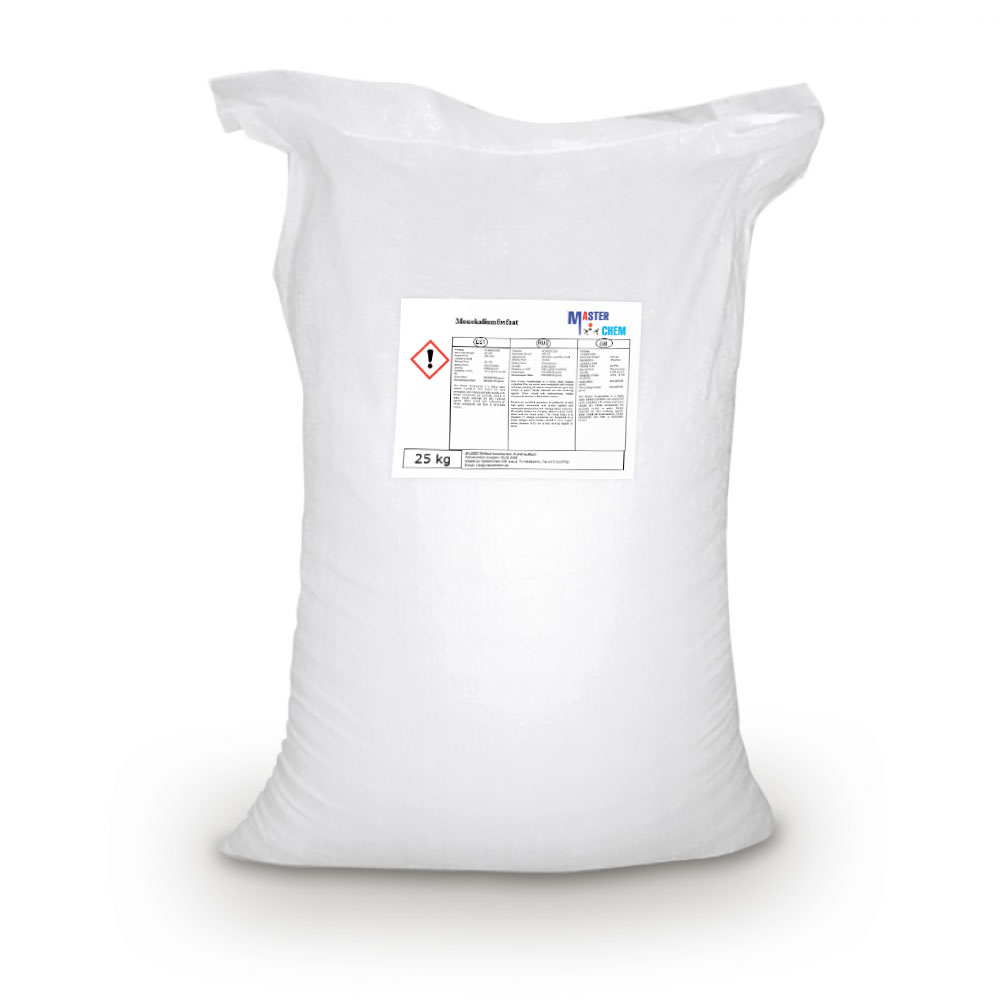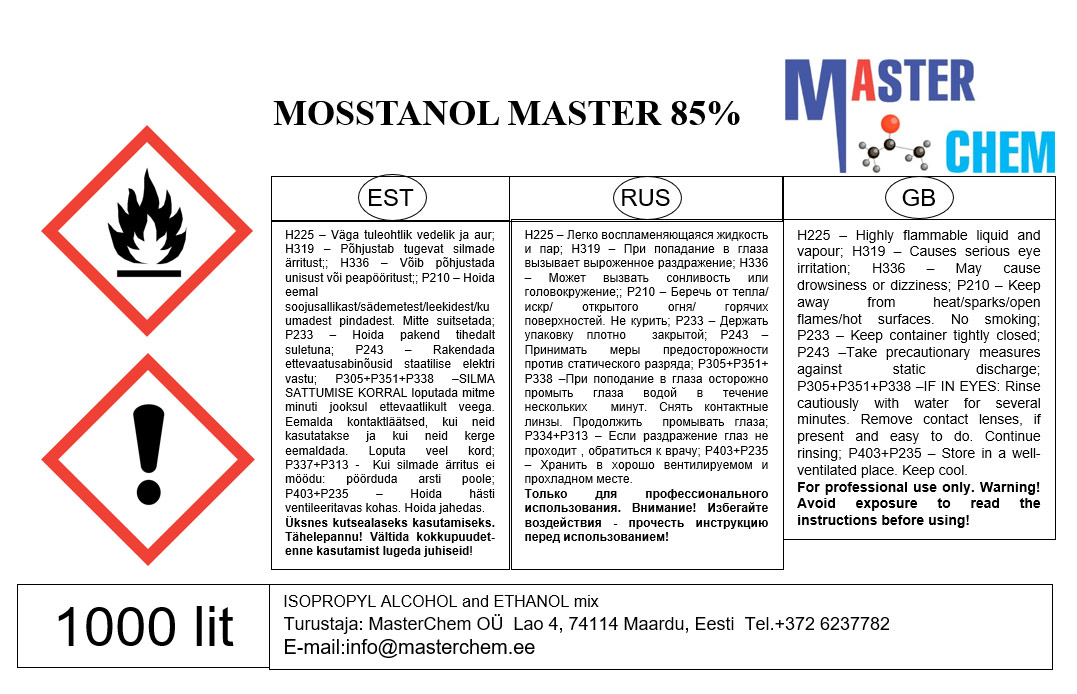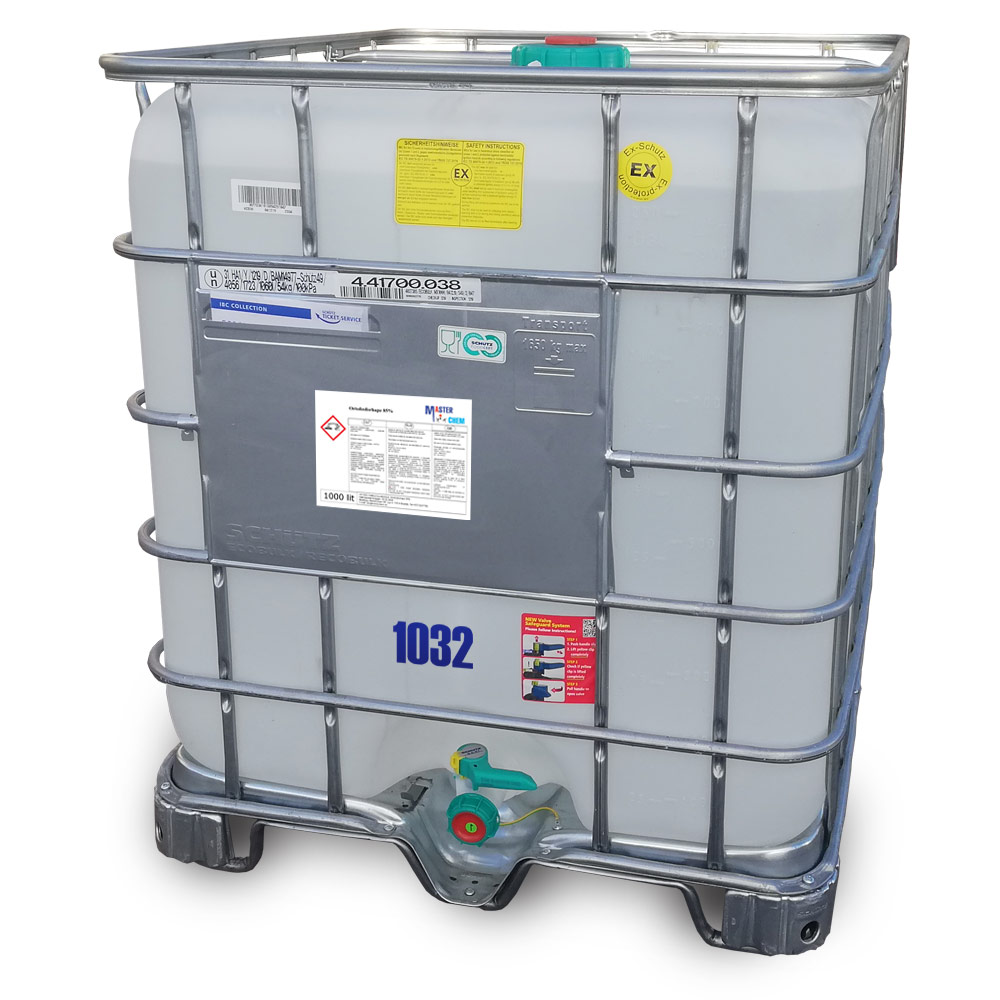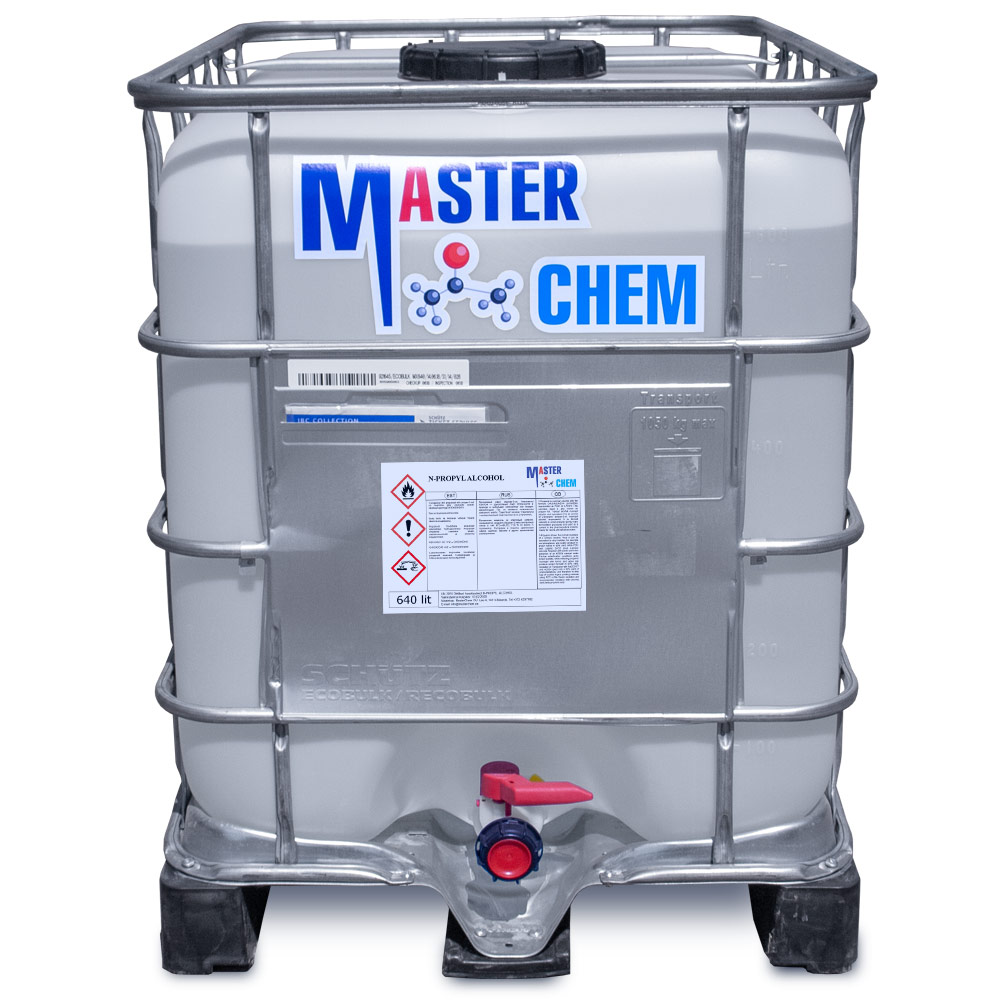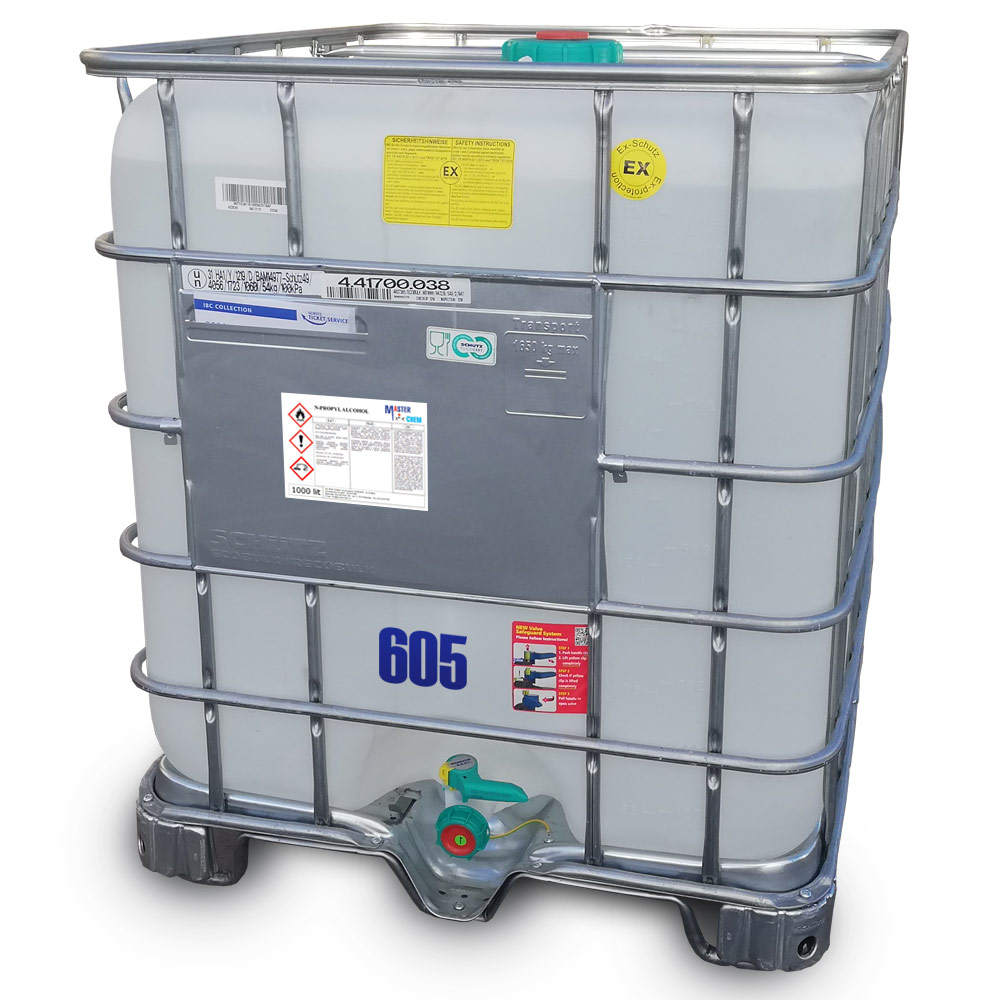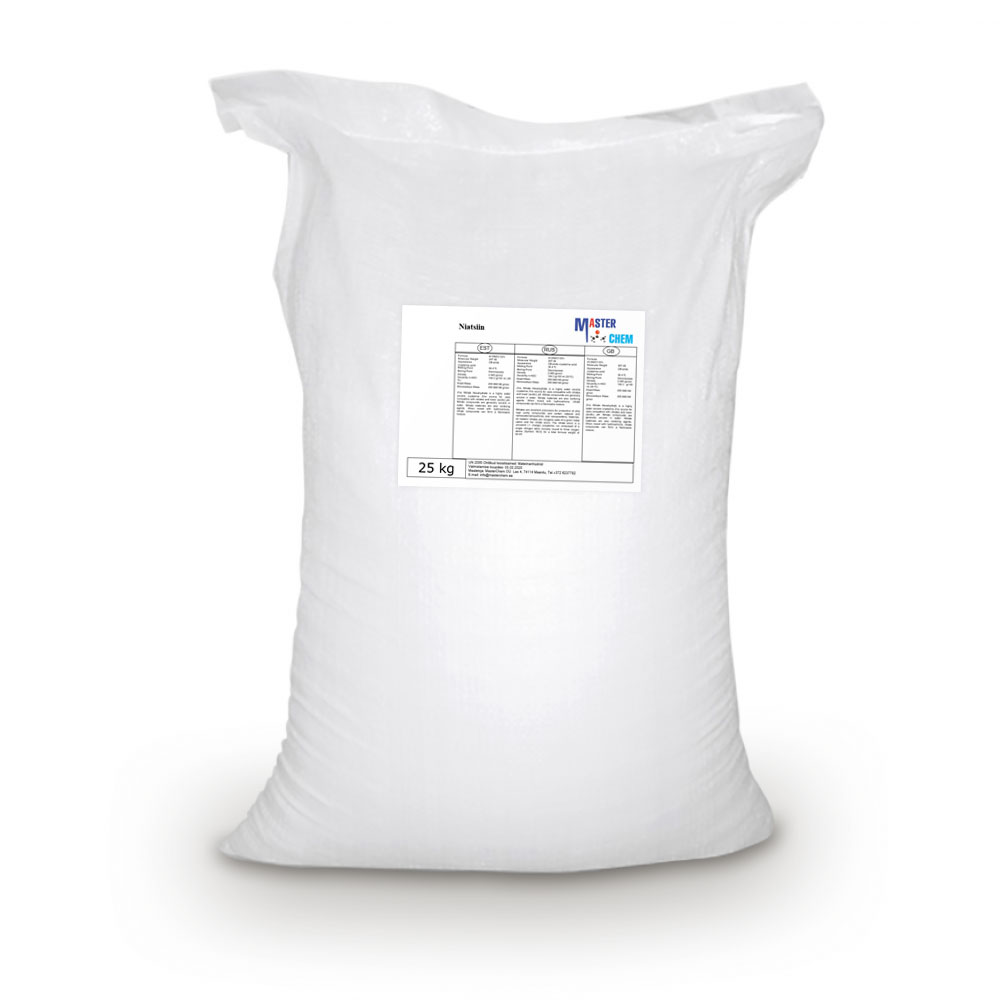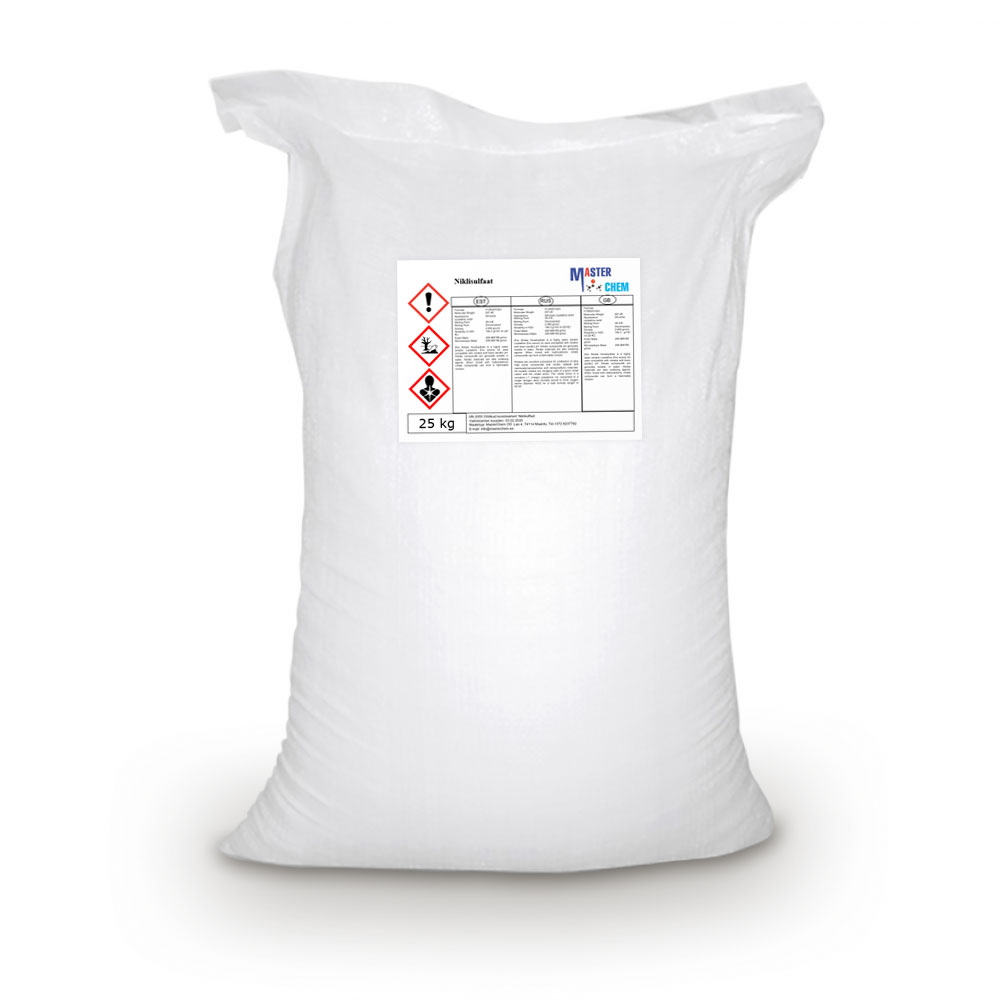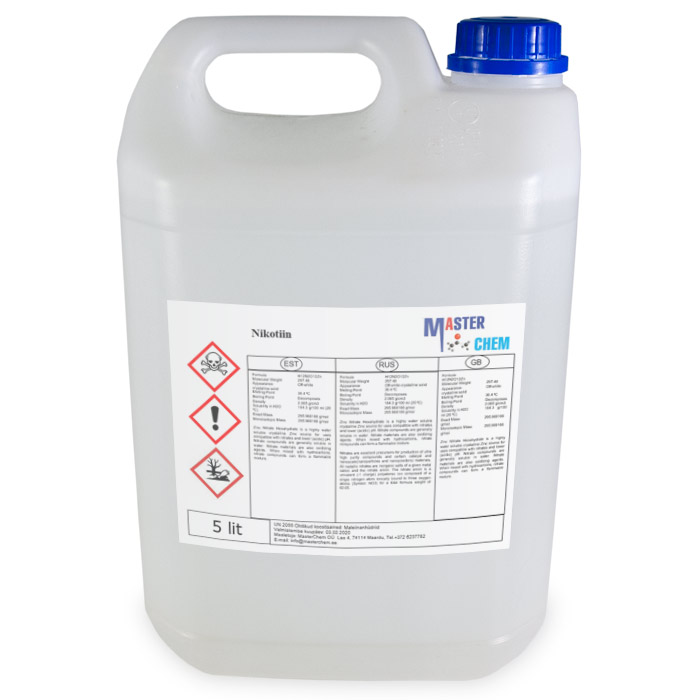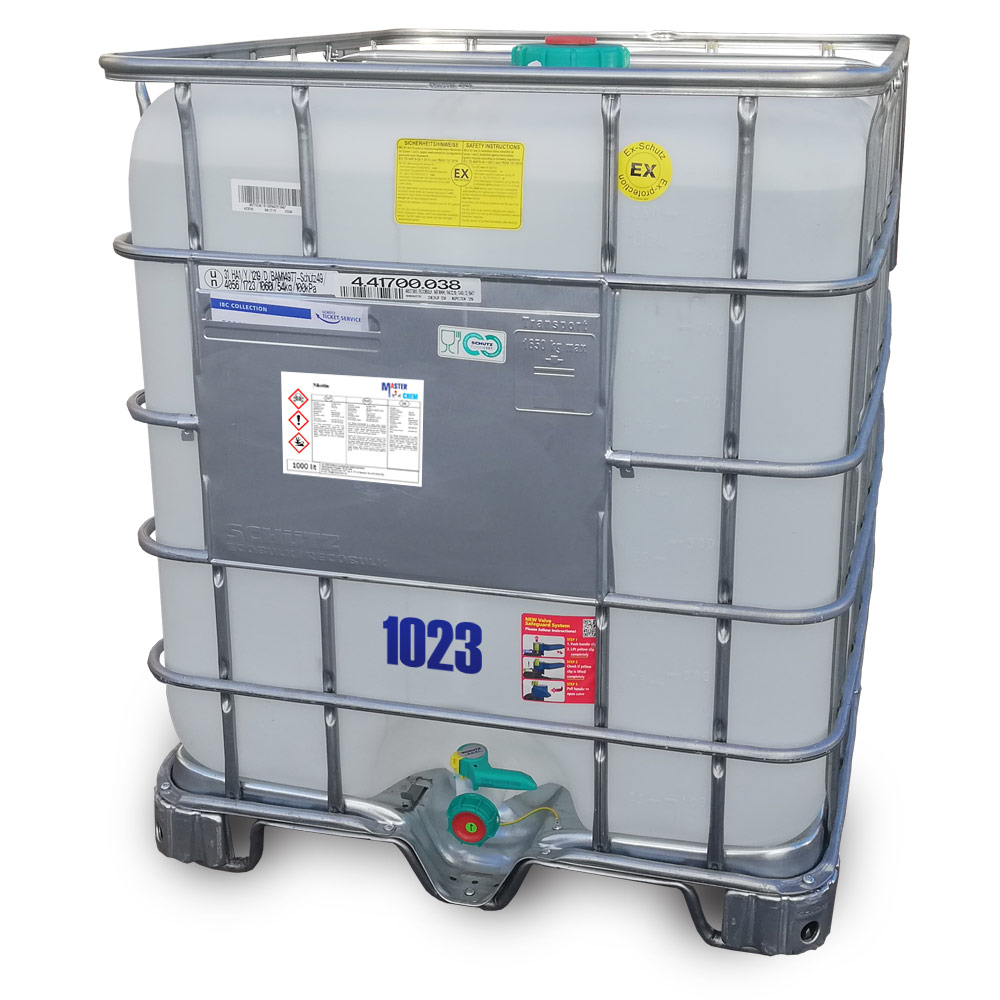Currently Empty: €0.00
Methyl salicylate (CAS 119-36-8)
Methyl salicylate (CAS 119-36-8)
Methyl salicylate (oil of wintergreen or wintergreen oil) is an organic compound with the formula C6H4(OH)(CO2CH3). It is the methyl ester of salicylic acid. It is a colorless, viscous liquid with a sweet, fruity odor reminiscent of root beer, but often associatively called “minty”, as it is an ingredient in mint candies. It is produced by many species of plants, particularly wintergreens. It is also produced synthetically, used as a fragrance and as a flavoring agent.
Monoammonium Phosphate (CAS 7722-76-1)
Monoammonium Phosphate (CAS 7722-76-1)
Ammonium dihydrogen phosphate (ADP), also known as monoammonium phosphate (MAP) is a chemical compound with the chemical formula (NH4)(H2PO4). ADP is a major ingredient of agricultural fertilizers and some fire extinguishers. It also has significant uses in optics and electronics.
Monoammonium phosphate is soluble in water and crystallizes from it as the anhydrous salt in the tetragonal system, as elongated prisms or needles. It is practically insoluble in ethanol.
Solid monoammonium phosphate can be considered stable in practice for temperatures up to 200 °C, when it decomposes into gaseous ammonia NH3 and molten phosphoric acid H3PO4. At 125 °C the partial pressure of ammonia is 0.05 mm Hg.
A solution of stoichometric monoammonium phosphate is acidic (pH 4.7 at 0.1% concentration, 4.2 at 5%).
Monoethylene glycol (CAS 107-21-1)
Monoethylene glycol is mainly used to make polyester, polyester resin, thinner, plasticizer, surfactant, synthetic fiber, cosmetics and explosives.
Monoethylene glycol can also be used as a paint/ink solvent, engine antifreeze, dehydrating agent. In addition, ethylene glycol can be used to make synthetic resin PET, fiber grade PET (polyfiber) and mineral water bottle chip grade PET.
Monoethylene glycol It can also be used to make hydramine resin, surfactant, oxalaldehyde and explosive. Furthermore, ethylene glycol can be used as an antifreeze.
Monopotassium Phosphate (CAS 7778-77-0)
Monopotassium Phosphate (CAS 7778-77-0)
Monopotassium phosphate (MKP) (also, potassium dihydrogenphosphate, KDP, or monobasic potassium phosphate) is the inorganic compound with the formula KH2PO4. Together with dipotassium phosphate (K2HPO4.(H2O)x) it is often used as a fertilizer, food additive, and buffering agent. The salt often cocrystallizes with the dipotassium salt as well as with phosphoric acid.
N-propyl alcohol (CAS 71-23-8)
Other names: 1-Propanol, n-Propanol, n-PrOH, Ethylcarbinol, 1-Hydroxypropane, Propionic alcohol, Propionyl alcohol, Propionylol, Propyl alcohol, Propylic alcohol, Propylol
1-Propanol is a primary alcohol with the formula CH3CH2CH2OH (sometimes represented as PrOH or n-PrOH). This colorless liquid is also known as propan-1-ol, 1-propyl alcohol, n-propyl alcohol, and n-propanol. It is an isomer of 2-propanol (propan-2-ol, isopropyl alcohol, isopropanol). It is formed naturally in small amounts during many fermentation processes and used as a solvent in the pharmaceutical industry mainly for resins and cellulose esters.
CAS: 71-23-8
Niacin (WE 59-67-6)
Niacin (WE 59-67-6)
Niacin, also known as nicotinic acid, is an organic compound and a vitamer of vitamin B3, an essential human nutrient. It can be manufactured by plants and animals from the amino acid tryptophan. Niacin is obtained in the diet from a variety of whole and processed foods, with highest contents in fortified packaged foods, meat, poultry, red fish such as tuna and salmon, lesser amounts in nuts, legumes and seeds.
Nickel sulfate (CAS 10101-97-0)
Nickel sulfate (CAS 10101-97-0)
Nickel(II) sulfate, or just nickel sulfate, usually refers to the inorganic compound with the formula NiSO4(H2O)6. This highly soluble blue green coloured salt is a common source of the Ni2+ ion for electroplating.
Nicotine (CAS 54-11-5)
Nicotine (CAS 54-11-5)
Nicotine is the substance in tobacco, nicotine content of tobacco because there are different species and origin, alkali content of tobacco each part is different. Cigarette factory scraps (tobacco powder) containing about 1% to 2% of the nicotine, tobacco stems and ribs smoke nicotine containing about 1% or so, people smoked cigarette contains nicotine amounted to about 3%. Pure nicotine is a colorless, oily liquid, miscible with water below 60 ℃, hydrate, more than 210 ℃ also miscible with water. Unstable nature, likely to be volatile, soluble in water and organic solvents. Nicotine is an alkaloid, so all properties of a base, to a compound made of salts and acids. In case of light and air turn brown and sticky, there is the odd smell and strong irritant.
Hazard Statement(s)
H300 + H310 + H330: Fatal if swallowed, in contact with skin or if inhaled.
H315: Causes skin irritation.
H318: Causes serious eye damage.
H411: Toxic to aquatic life with long lasting effects.
Precautionary Statement(s)
P262: Do not get in eyes, on skin, or on clothing.
P273: Avoid release to the environment.
P280: Wear protective gloves/ protective clothing/ eye protection/ face protection/ hearing protection.
P302 + P352 + P310: IF ON SKIN: Wash with plenty of water. Immediately call a POISON CENTER/doctor.
P304 + P340 + P310: IF INHALED: Remove person to fresh air and keep comfortable for breathing. Immediately call a POISON CENTER/doctor.
P305 + P351 + P338: IF IN EYES: Rinse cautiously with water for several minutes. Remove contact lenses, if present and easy to do. Continue rinsing.
Nigrosin (CAS 101357-16-8)
Nigrosin (CAS 101357-16-8)
In staining dyes, nigrosin (CI 50415, Solvent black 5) is a mixture of black synthetic dyes made by heating a mixture of nitrobenzene, aniline, and hydrochloric acid in the presence of copper or iron. Related to induline, it is a mixture of phenazine-based compounds. Its main industrial uses are as a colorant for lacquers and varnishes and in marker pen inks. Sulfonation of nigrosin yields a water-soluble anionic dye, nigrosin WS (CI 50420, Acid black 2).
Aside from its main use in lacquers, small amounts of nigrosin are used for negative staining of bacteria. as well as the capsule-containing fungus Cryptococcus neoformans. The shapes and sizes of the organisms are seen as color-free outlines against the dark background. An advantage of using this method, rather than regular positive stains like methylene blue or carbol fuchsin, is that prior fixation by heat or alcohol is not needed, so the organisms are seen in more lifelike shapes. Furthermore, negative staining with nigrosin can reveal some microorganisms that cannot be stained by regular methods. Nigrosin WS is used in tests for viability because living cells exclude the dye, but it enters dead cells

